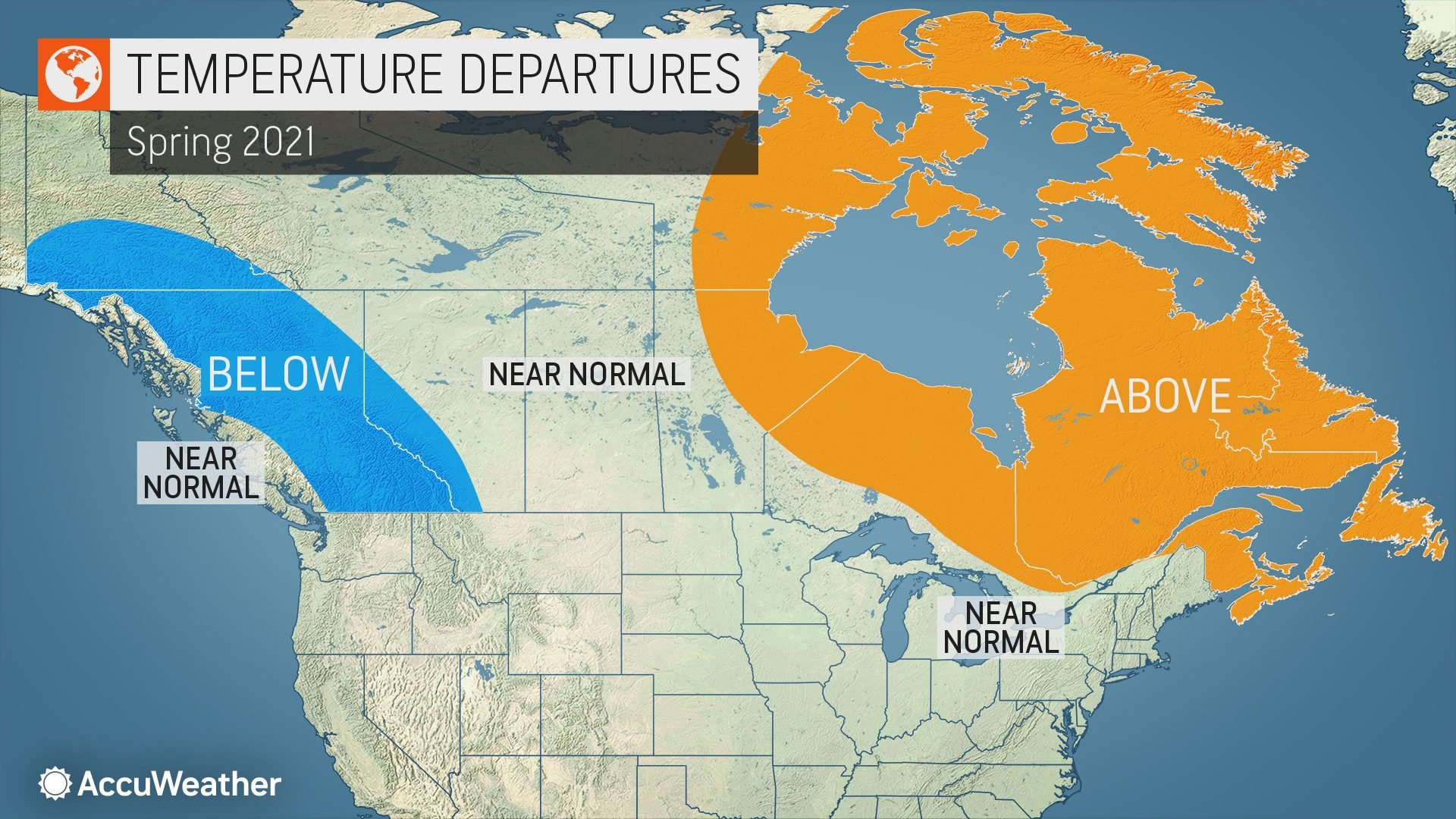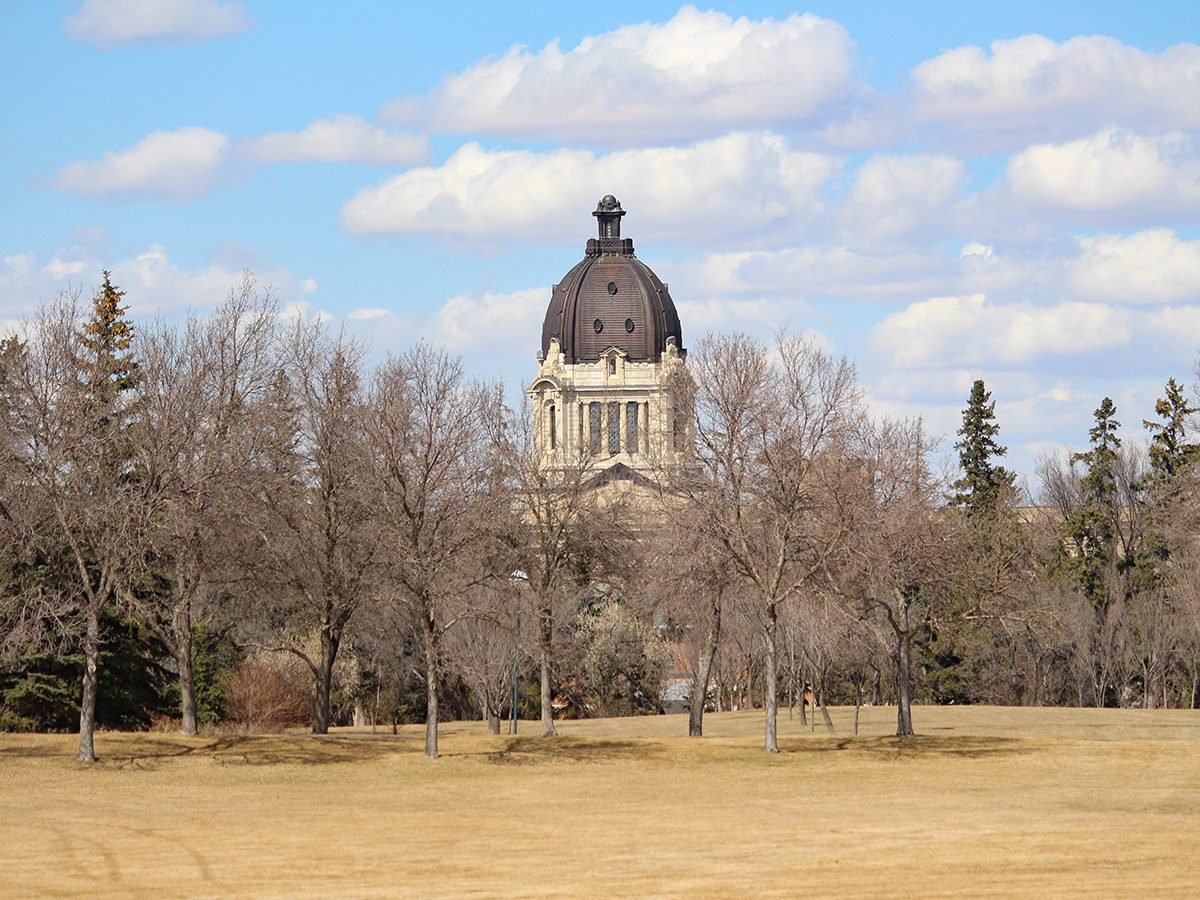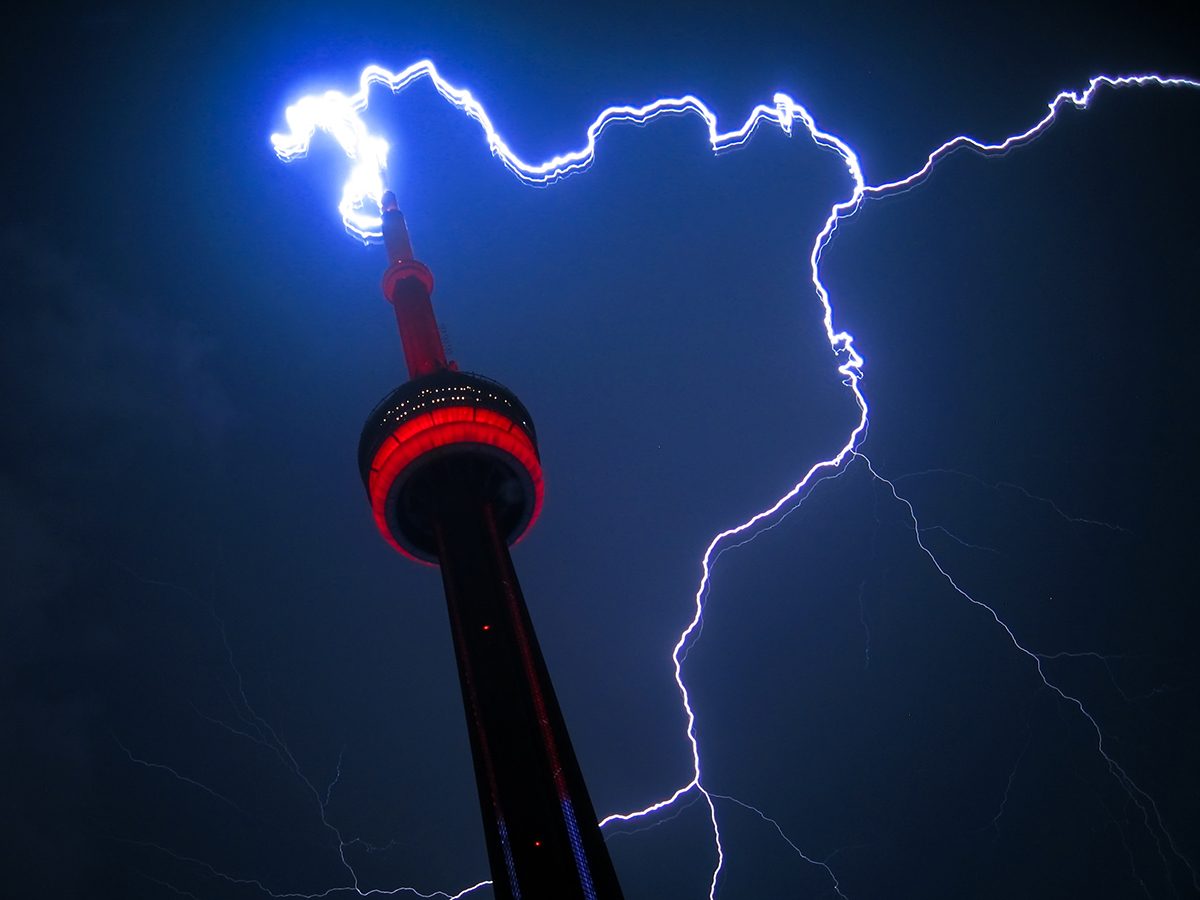
A sneak peek at the spring forecast across Canada
After a long winter that many Canadians spent in lockdown, it’s reassuring to know that spring is just around the corner. In fact, some parts of the country have already begun to see those earliest signs of spring in the form of milder temperatures, melting snow and the first hardy bulbs just breaking the soil.
The meteorologists at AccuWeather have issued their long-range spring forecast across Canada, and the predictions call for two distinct trends: wet and stormy on either coast, and dry in the prairies. Check out the highlights of their spring forecast in Canada, region by region.

Spring forecast for British Columbia and Alberta: An extended snow season
In western Canada, winter’s stormy weather is predicted to persist through April. This means heavy rain across the Pacific coast and a prolonged snow season in the Rockies. Vancouver should experience normal temperatures throughout the season, while in Calgary, temperatures are expected to be a bit lower than usual. This is great news for skiers and snowboarders along the coast and in the Rockies—the abundance of snow coupled with relatively normal temperatures will make for a prolonged ski season.
AccuWeather forecasters note this weather pattern might spell trouble for the region later on this year. Because of above-average snowfall, river levels might be higher than usual, leading to a greater chance of spring flooding. Last year, seasonal floods caused major damage for several communities across B.C. and Alberta.
Don’t miss the fascinating story of what happened in 1816—the year Canada didn’t have a summer.

Spring forecast for the Prairies: Worsening drought
While western Canada is expected to have more precipitation than usual, the prairie provinces’ drier-than-normal weather is predicted to continue into the spring. The recent dry spell across south-central Canada has caused moderate to severe drought conditions through southeastern Saskatchewan, southern Manitoba and into northwestern Ontario, says Brett Anderson, AccuWeather’s veteran meteorologist.
The silver lining to these drought conditions is that they come with a lower risk for spring flooding. “However, it is still very early and conditions can change quickly in early spring, thus additional updates on the spring flood risk are likely through the season,” Anderson notes.
The flip side of the lower flood risk is an increased risk for wildfires in late spring and into the summer, should the dry conditions persist. The threat of wildfires is highest from southern Saskatchewan through to southwestern Manitoba.
Read the terrifying story of what it’s like to survive a fire tornado.

Spring forecast for Ontario and Quebec: Heavy storms
“As stormy conditions set up over western Canada, a secondary storm track will develop over the Great Lakes and eastern Canada,” says Anderson. What this spells for Ontario and western Quebec is above-average precipitation with heavy early spring snow possible in northern and central Ontario into Quebec.
Despite the predicted high frequency of storms, the risk of flooding in this region is only considered average. That said, the dry winter might merely result in a delayed flood season: Once the first few spring storms hit the region, the flood risk may increase. The areas most likely to be affected by rising water levels will be the shores of Lake Erie and Lake Huron.
Make sure you never do this during a thunderstorm.

Spring forecast for Atlantic Canada: Warmer than normal
Despite the higher likelihood of storms in the eastern part of the country this spring, temperatures in the Atlantic provinces will be above average. This is mostly due to warmer-than-usual water temperatures in the northwest Atlantic Ocean. In February, sea surface temperatures in Atlantic Canada were about 2-5°C above average. This will help keep temperatures in the populated areas along the coast well above normal, especially overnight.
Now that you know the spring forecast across Canada, find out what it was like on the coldest day in Canadian history.